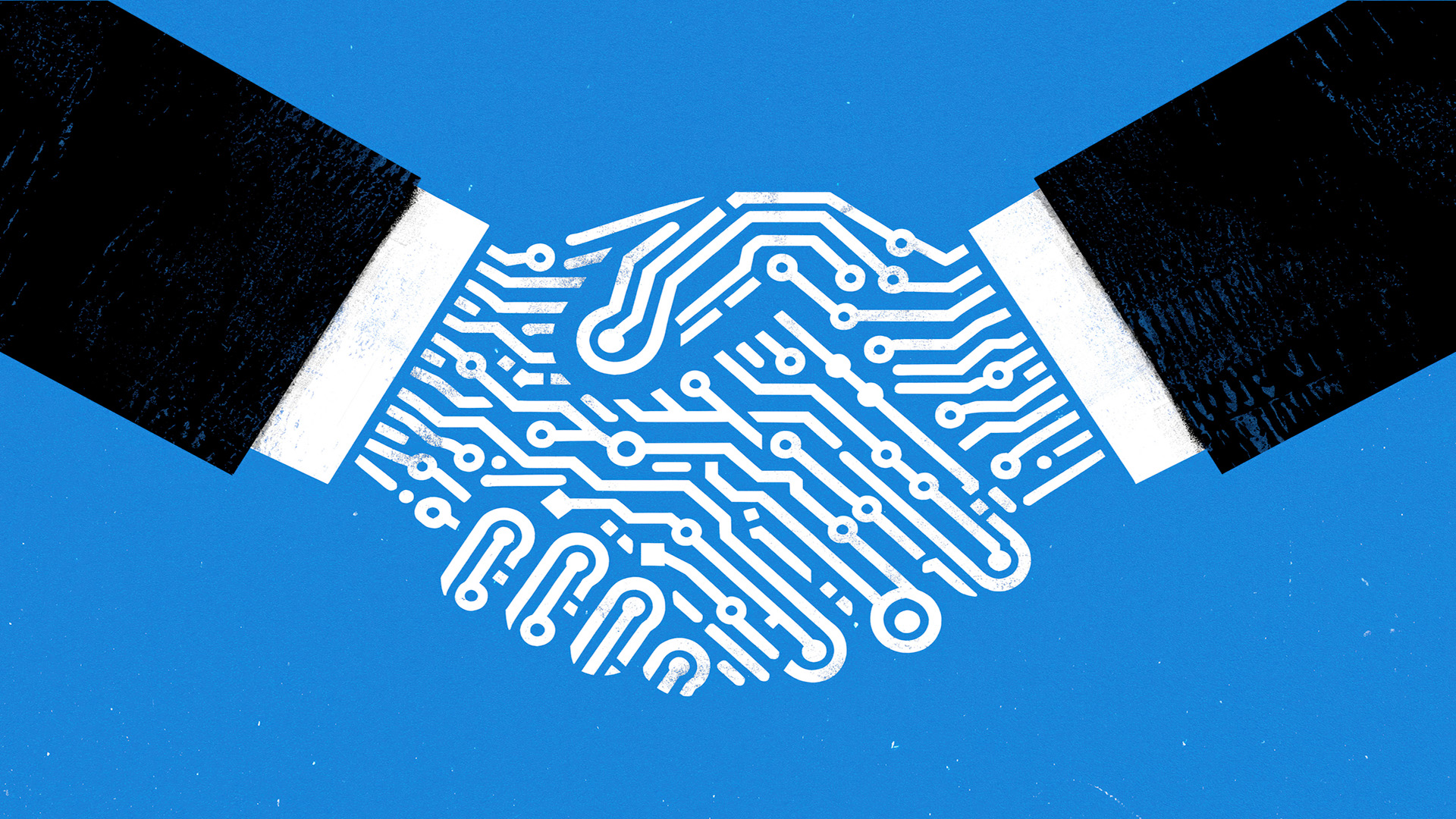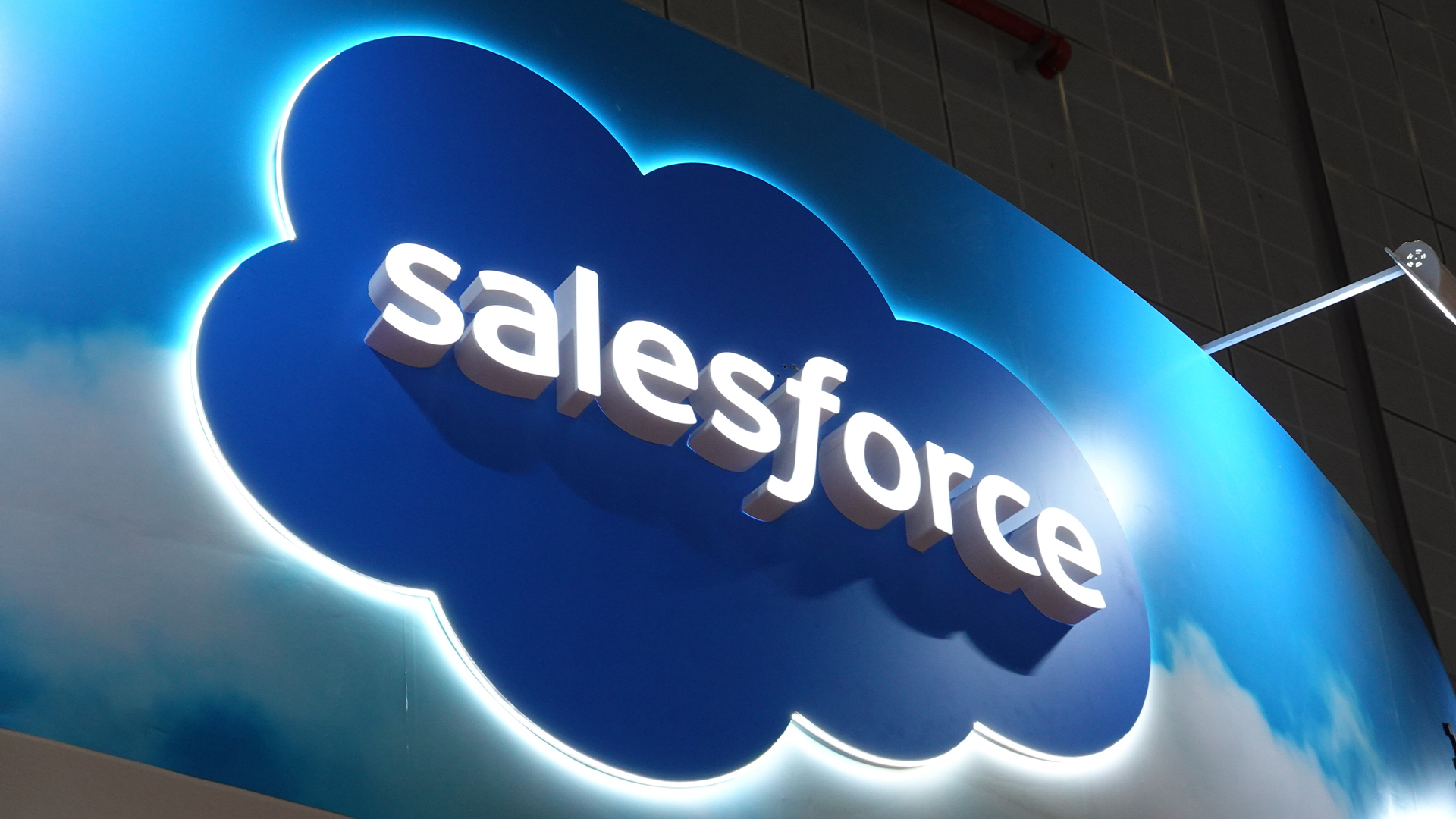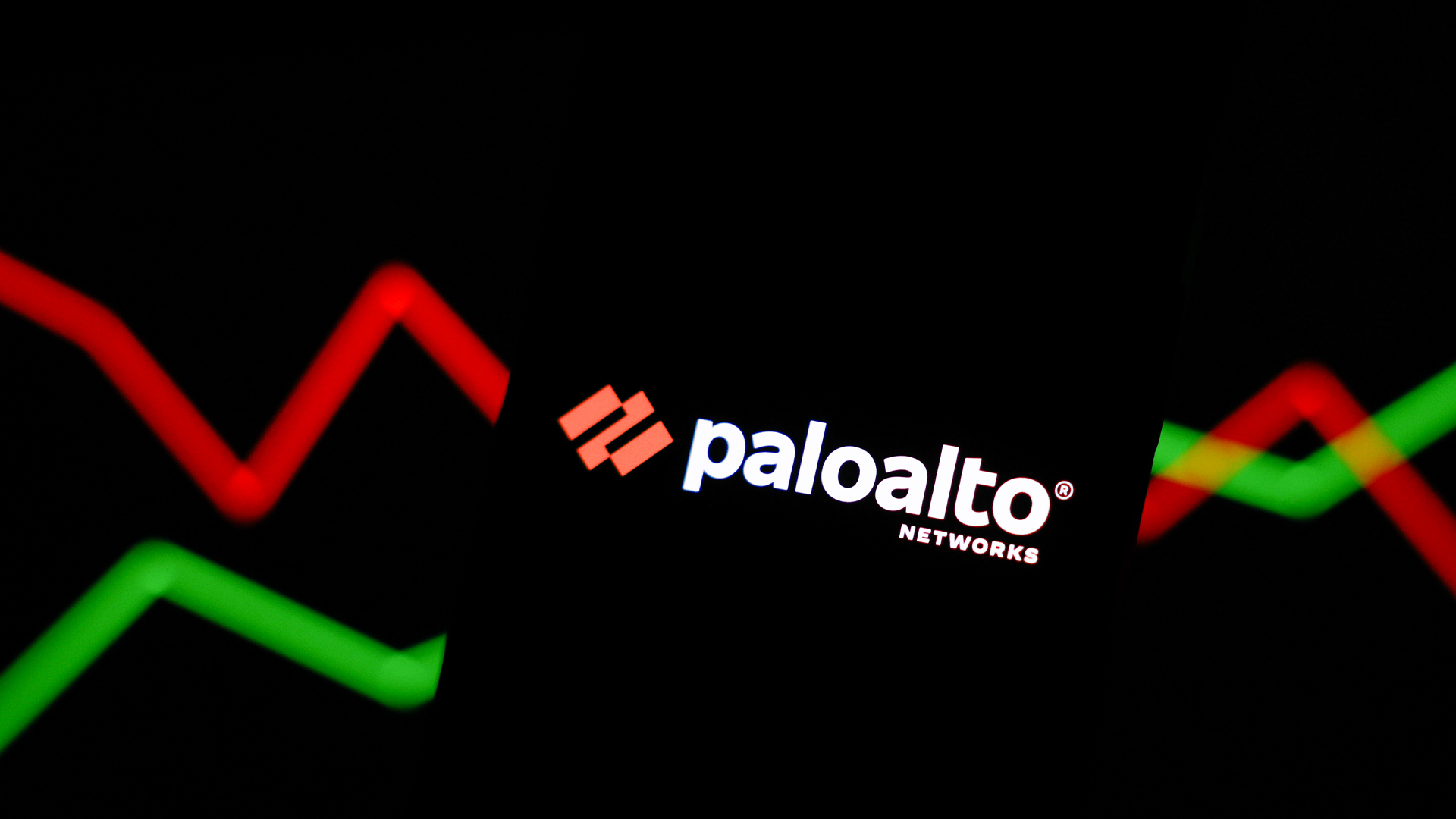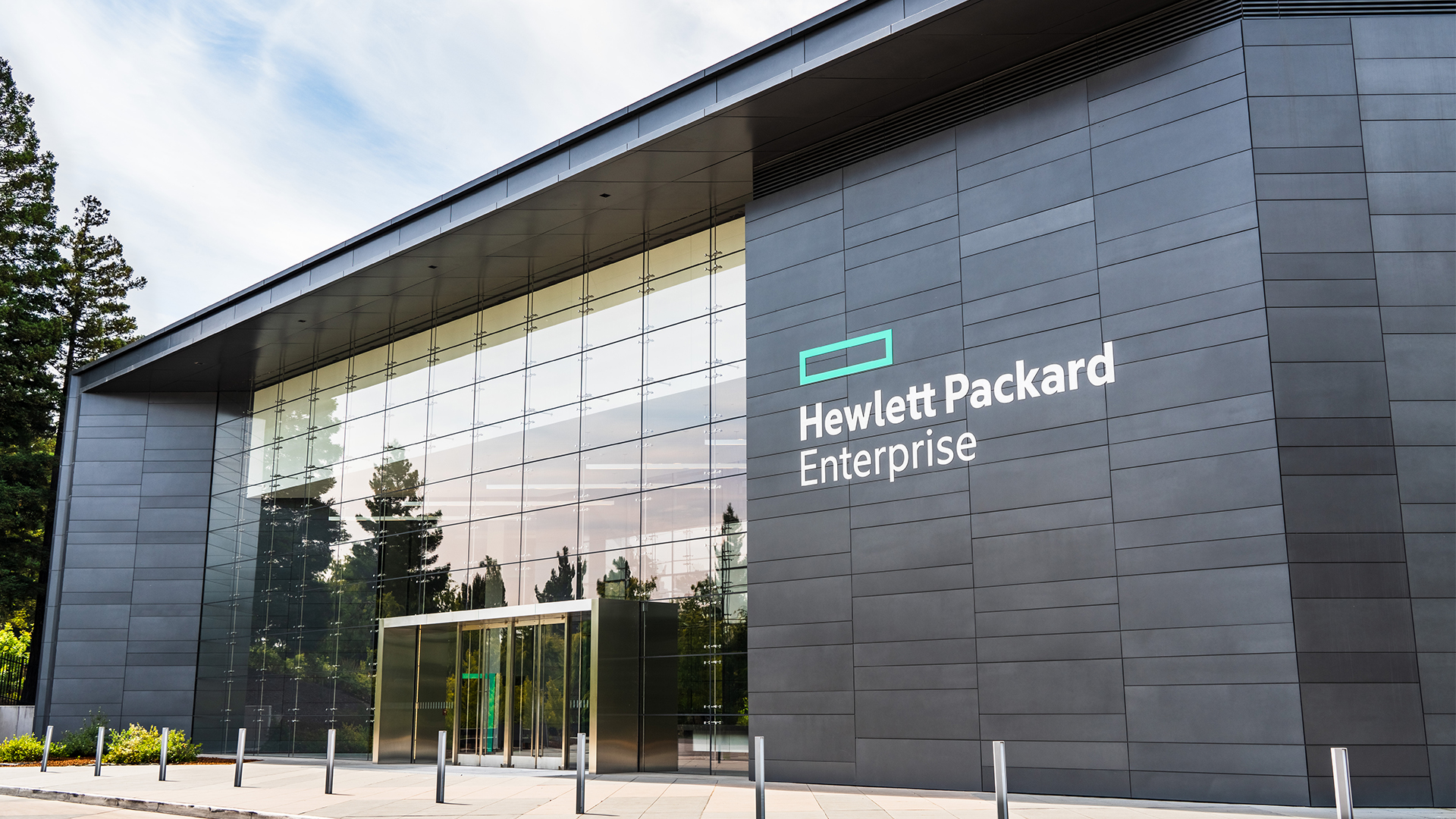Goodbye channel, hello partner ecosystems
Whether it's advocate or influencer, is the channel ready for a whole new approach to doing business?


The last couple of years have seen the IT channel landscape evolve dramatically. The prevalence of cloud has changed the way increasingly tech-savvy customers purchase and consume technology.
It's estimated that 73% of business buyers find the web more convenient to make purchases, and that 17% of all B2B transactions will happen through eCommerce by 2023 - potentially bypassing the channel entirely.
In addition, the channel is now as likely to sell to any Line of Business (LoB) buyer as the IT department, meaning a complete shift in their sales engagement.
Naturally, these changes are having a huge impact on the channel business model. "Utility-based, pay-as-you-go, self-service and procure over the web, scale up or down, in our out, pay by credit card, cloud as the operating system - all these paradigms revolutionise the IT landscape, and are catalysts for distributed, non-hierarchical partner ecosystems," says Dob Todorov, CEO of AWS Advanced Consulting partner, HeleCloud.
"Most cloud services providers engage with their customers directly, online, and allow these customers to sign up for services completely bypassing the middle-man, which back in the day was referred to as the trusted advisor," he tells Channel Pro.
Channel makeover
This approach raises questions around the relevancy of the legacy two-tier distribution model in 2019. The distribution tier adds "little value" in the context of individual services, argues Todorov, but he concedes that disties will continue to play a role - however short-lived - as a service aggregation point across multiple providers, and in terms of volume discounts.
"This exposes distributors to the threats of commoditisation of their services, and...online cloud and other services brokers that can easily establish similar service aggregation capabilities," he warns.
Stay up to date with the latest Channel industry news and analysis with our twice-weekly newsletter
But it's not just distribution that is undergoing a makeover; while 'traditional' VARs and SIs still exist and thrive, the move to digital services means that a vendor could count an accountancy or digital marketing firm among the next generation of channel partner.
"We've come a long way from the traditional world where deals were struck up based on 'box shifting' - and now see variety in the way the community works together," Robinder Koura, head of channel, EMEA, at UCaaS vendor RingCentral tells Channel Pro.
Koura says that the evolution of technology not only means the company is "targeting completely different buyers within the end-user organisations" but it's seeing a big shift in the types of partners with which it now engages: "It's no longer about the traditional resellers only, it's much broader," he says.
The new ecosystem
"Everyone's trying to be a tech services company," says Forrester channel analyst Jay McBain. "Accountant, legal company, architect, digital agency - every industry has these services company now and they're numbered in the millions."
Along with the influx of new channel partners - which could be described as "influencers, alliance partners, or advocates" - McBain predicts that vendors will "evolve their programmes past pyramid tiers and start looking at partners based on their skills around buyer types, sub-industries, geographies, sectors, segments, customer size, and the technology stack".
"The new approach is the ecosystem approach," he tells Channel Pro. "Instead of shoving every new partner into gold, silver and bronze, an ecosystem is more open. It has a marketplace where ISVs and consultants can participate. It has programmes that are more self-service...where partners can select what's important to them.
"Some of the top ecosystems in the world are Salesforce, AWS, Google," he continues. "When you sign-up they don't force you into some six-month on-boarding programme, and make you get certified. They instead serve up a bunch of specialisations that allow you to take advantage of what helps you as a partner."
It's an approach with which Kerry Desberg, marketing director at partner relationship management (PRM) software provider, Impartner, agrees. "Providing a partner with exactly the right resources and incentives based on their size, specialty, region, recent actions, etc., is much more critical to driving performance than the rather blunt forcing function of a tiered programme," she tells Channel Pro.
Hyper-specialisation
In addition, McBain forecasts that channel firms will start "partnering with other partners", and we'll see more hyper-specialisation among the millions of customer opportunities.
"Forrester's predictions are bold, but make sense in that vendors' approaches to channel partnerships must be to put the partner first as a real asset for their business," Mark Armstrong, HPE's UKI VP channels & alliances, tells Channel Pro.
"As technology proliferates into new markets such as HPC and AI, there is an increased requirement for more vertical solutions with the abilities to capture the increase of data at the edge. We, and our partners need a greater understanding of industries, markets and demands in order to add application value to the technology."
As elsewhere in the tech industry, some partners - and vendors - will feel overwhelmed or uncomfortable with the pace of change. But as with any disruption in the channel, there is an opportunity for partners who choose to embrace the unknown, rather than fear it.
As Koura explains: "As the technology landscape evolves - and the buying cycle and approach moves with it - it's only natural that the channel landscape does too."
Christine has been a tech journalist for over 20 years, 10 of which she spent exclusively covering the IT Channel. From 2006-2009 she worked as the editor of Channel Business, before moving on to ChannelPro where she was editor and, latterly, senior editor.
Since 2016, she has been a freelance writer, editor, and copywriter and continues to cover the channel in addition to broader IT themes. Additionally, she provides media training explaining what the channel is and why it’s important to businesses.
-
 Ronald Richardson to lead Leaseweb’s global commercial strategy
Ronald Richardson to lead Leaseweb’s global commercial strategyNews The experienced executive has been named Leaseweb’s new CRO as the IaaS provider embarks on the next phase of its growth journey
-
 HackerOne eyes enterprise growth with double C-suite appointment
HackerOne eyes enterprise growth with double C-suite appointmentNews Seasoned industry executives Stephanie Furfaro and Stacy Leidwinger have joined the cyber security vendor’s executive team
-
 Salesforce opens up Agentforce 360 for partners to drive agent development
Salesforce opens up Agentforce 360 for partners to drive agent developmentNews Salesforce has opened up its Agentforce 360 platform to allow partners to build and sell AI agents and applications.
-
 Alteryx names former Salesforce, Oracle strategist as new global technology alliances lead
Alteryx names former Salesforce, Oracle strategist as new global technology alliances leadNews The former Salesforce and Oracle leader will spearhead Alteryx’s partner strategy as the vendor targets deeper ecosystem collaboration
-
 Palo Alto Networks to acquire Chronosphere in $3.35bn deal
Palo Alto Networks to acquire Chronosphere in $3.35bn dealNews The cybersecurity vendor will combine Chronosphere’s observability platform with its own Cortex AgentiX offering
-
 Nozomi Networks eyes channel growth with double executive appointment
Nozomi Networks eyes channel growth with double executive appointmentNews Matthew Cowell has been named as VP of strategic alliances, while Tyson Gerhold becomes VP of global partner and channel sales
-
 Illumio partners with Kyndryl to accelerate zero trust adoption
Illumio partners with Kyndryl to accelerate zero trust adoptionNews The collaboration pairs Illumio’s AI-powered threat containment with Kyndryl’s microsegmentation services to deliver security and compliance gains
-
 HPE launches first phase of new-look Partner Ready Vantage program
HPE launches first phase of new-look Partner Ready Vantage programNews The IT giant’s freshly unified channel initiative combines its legacy programs into a single framework


